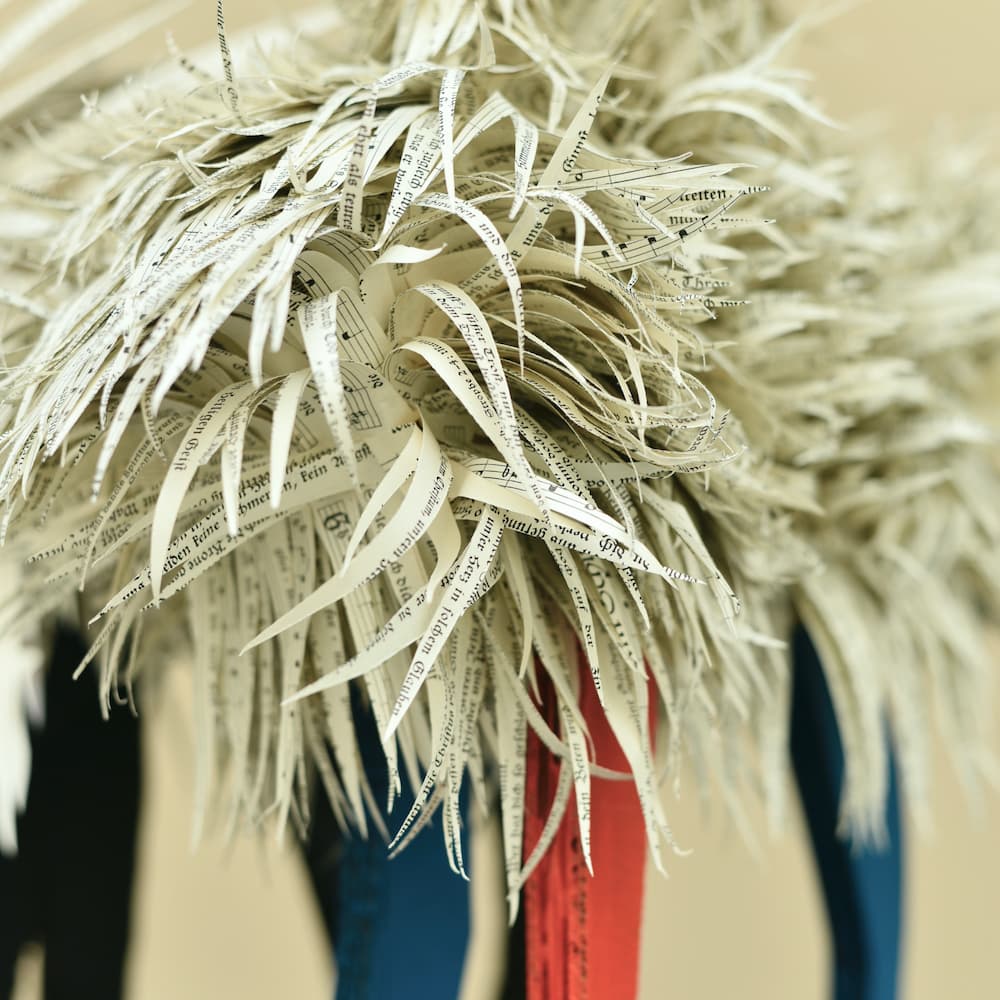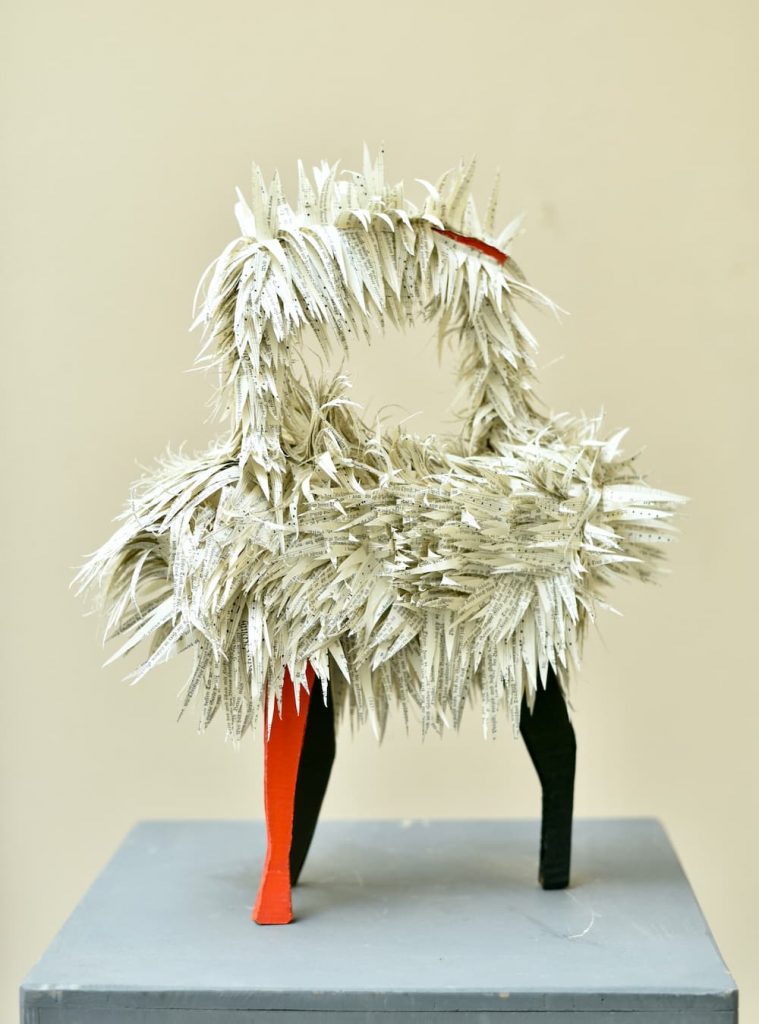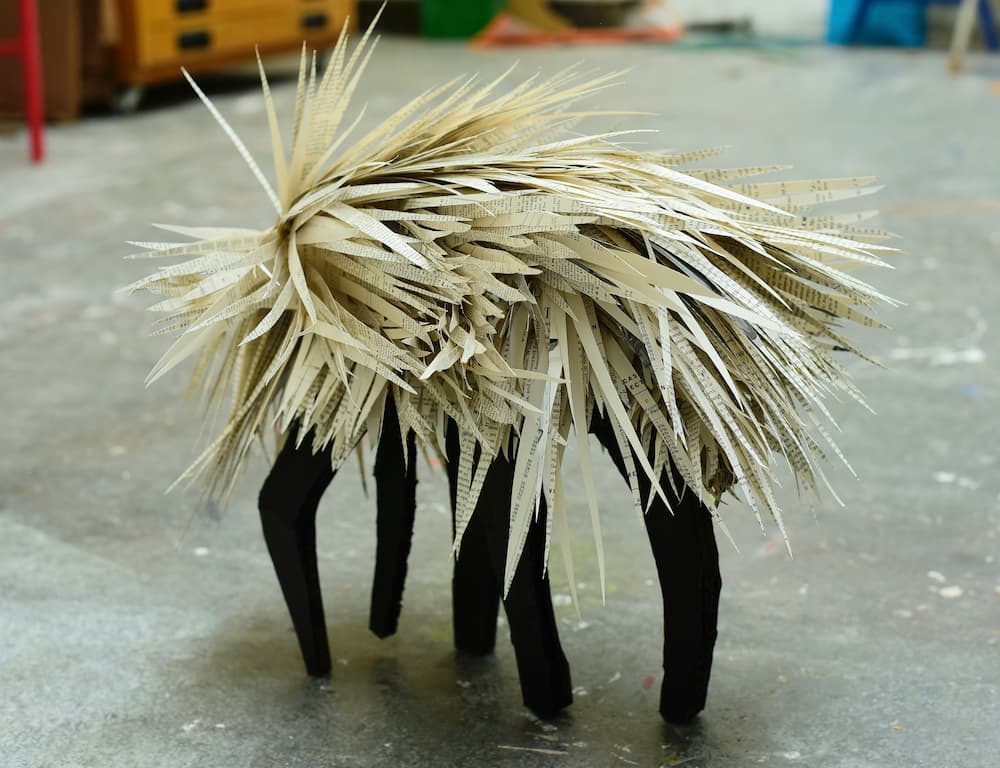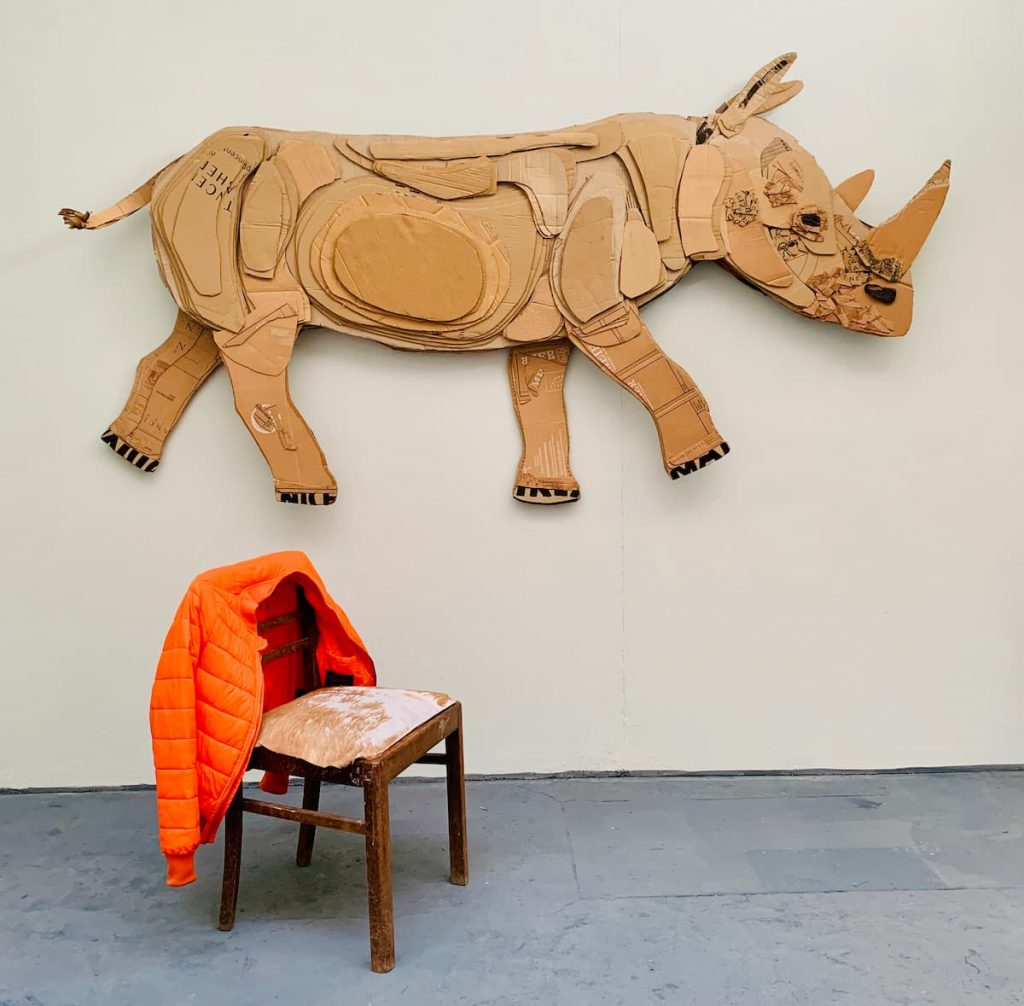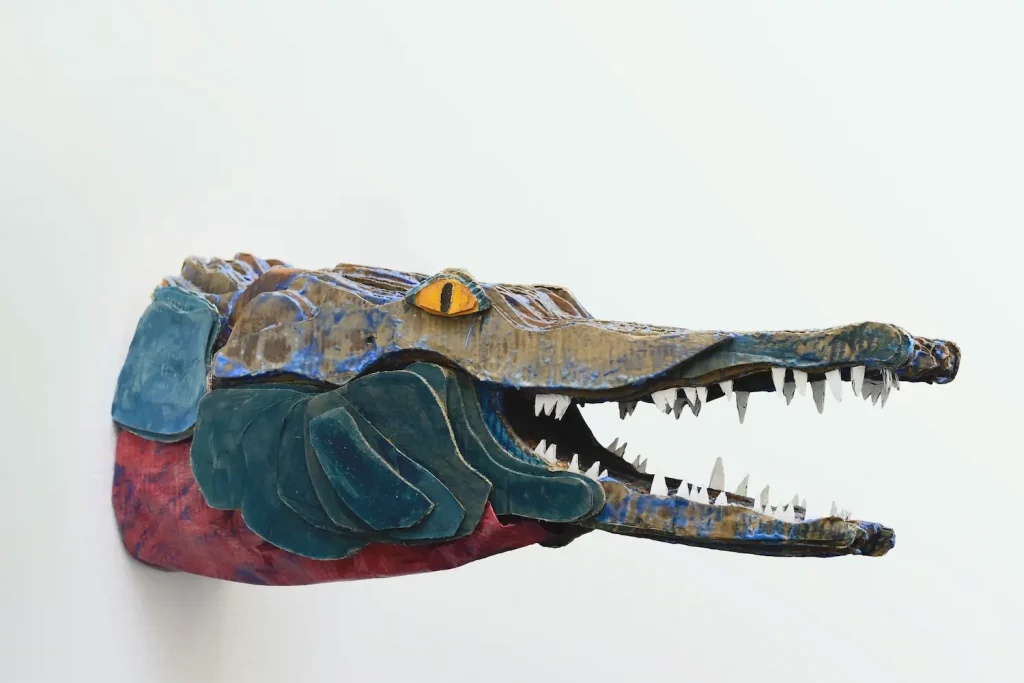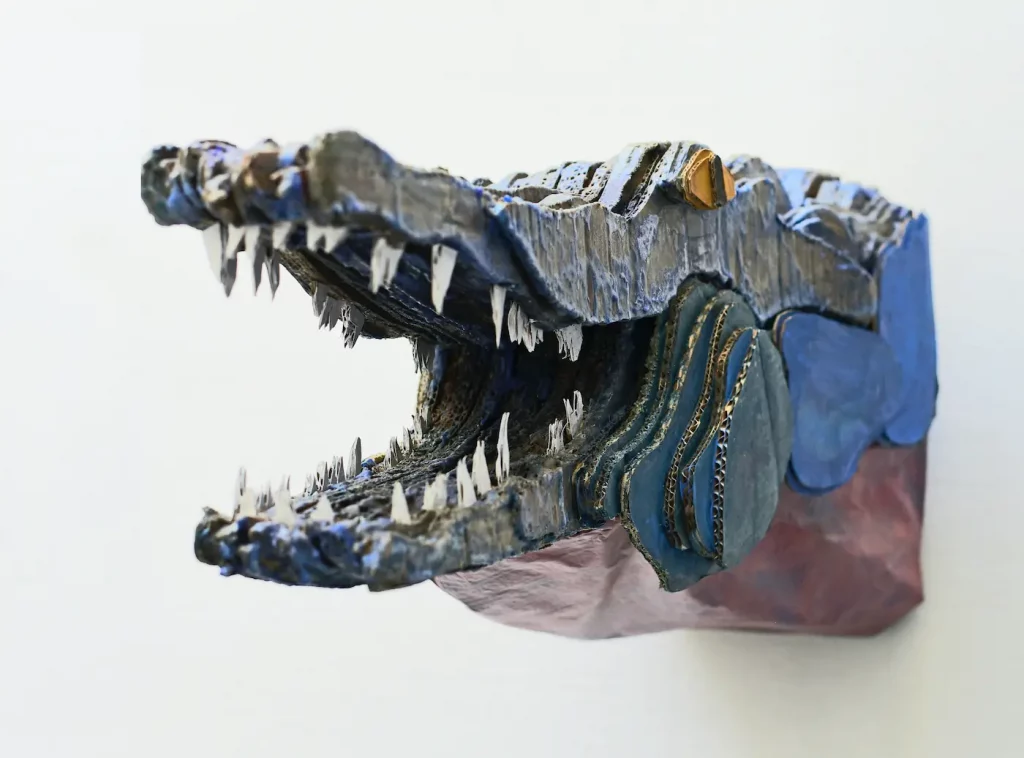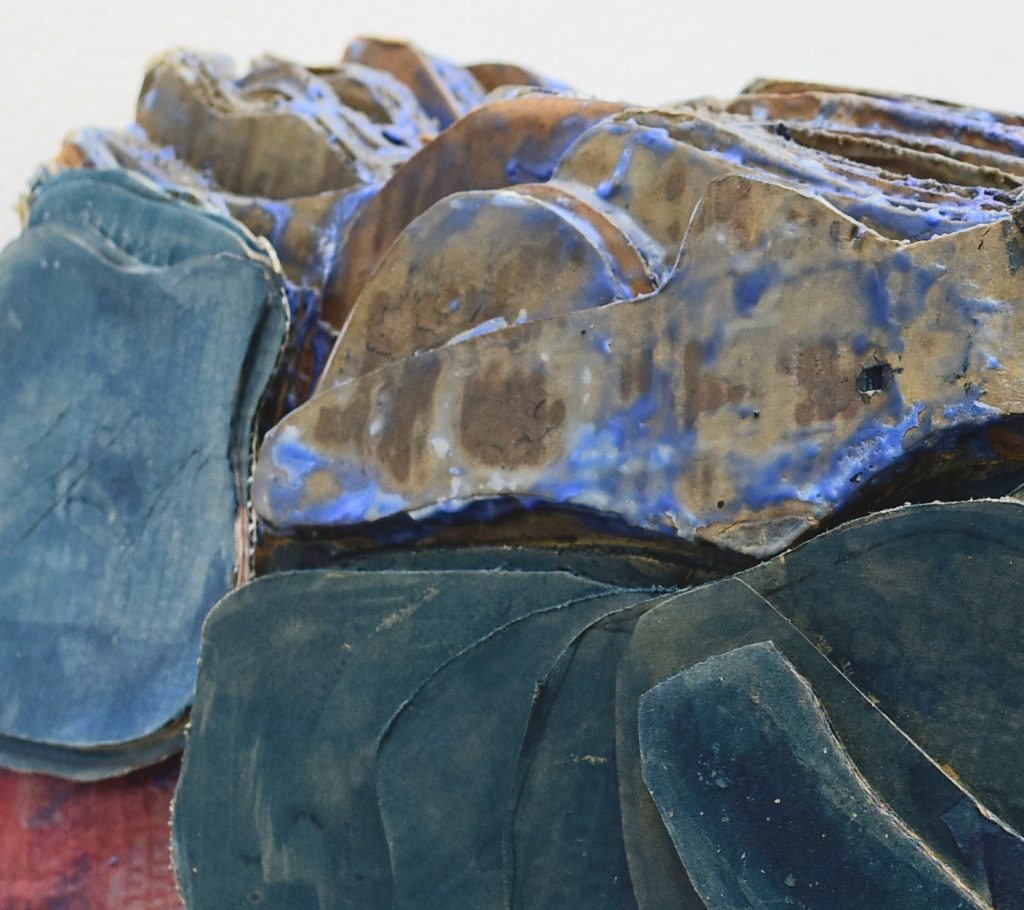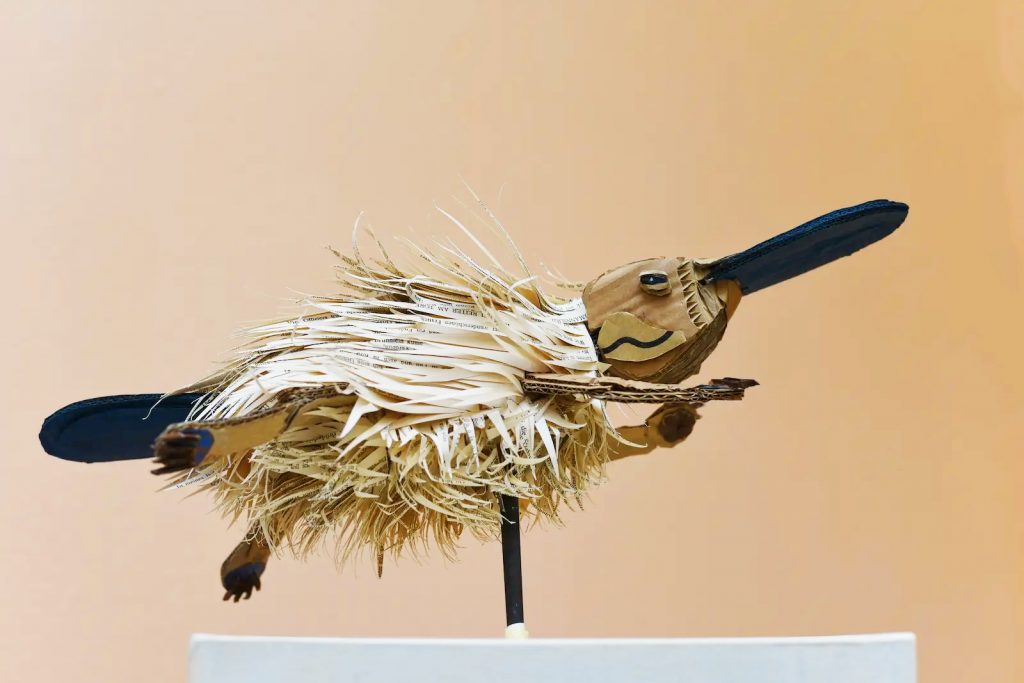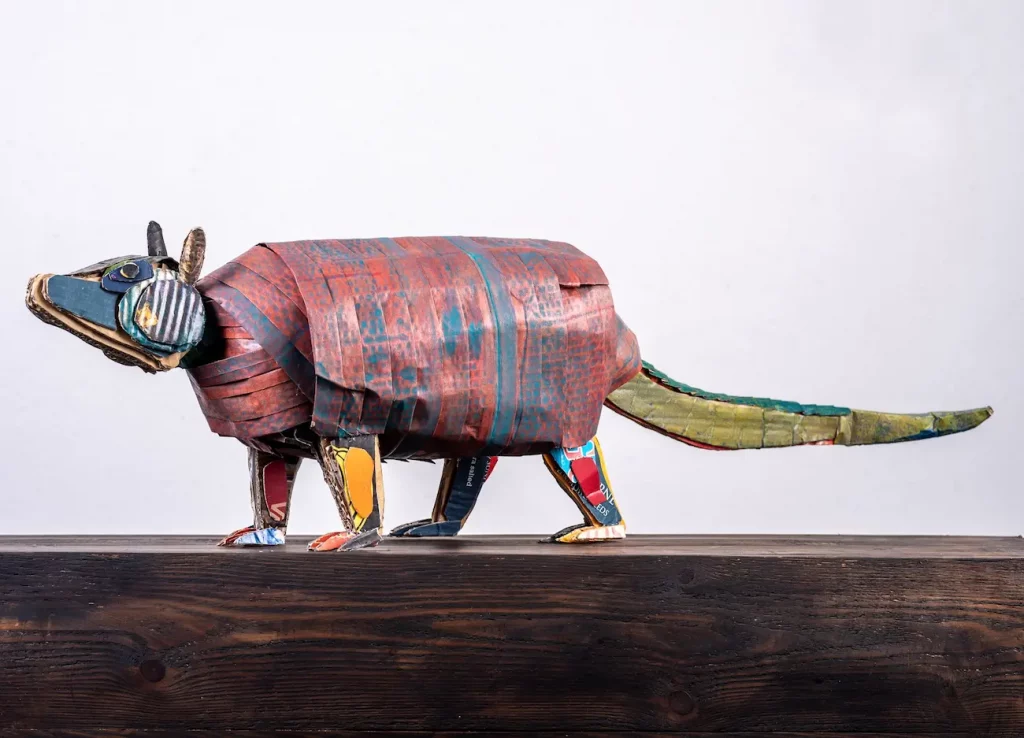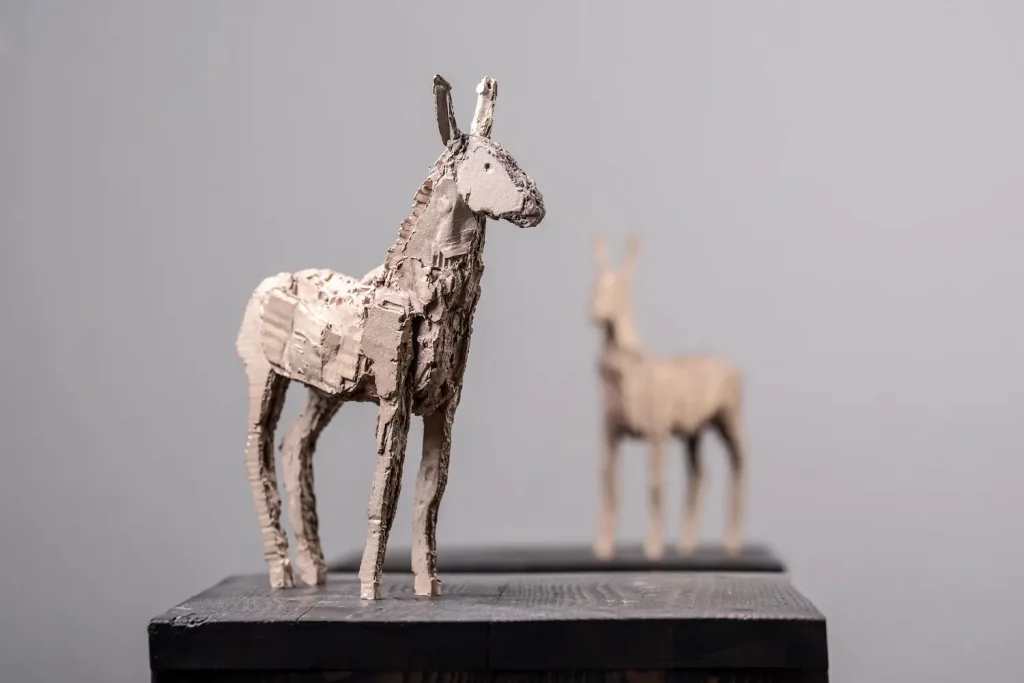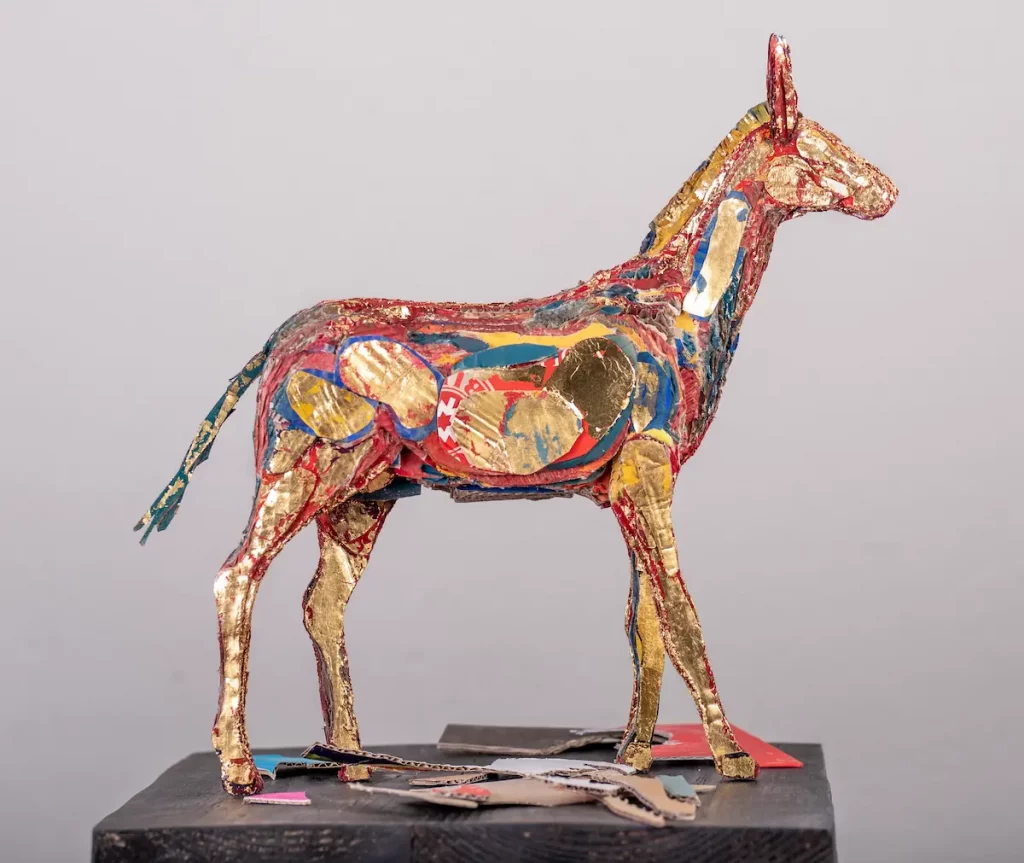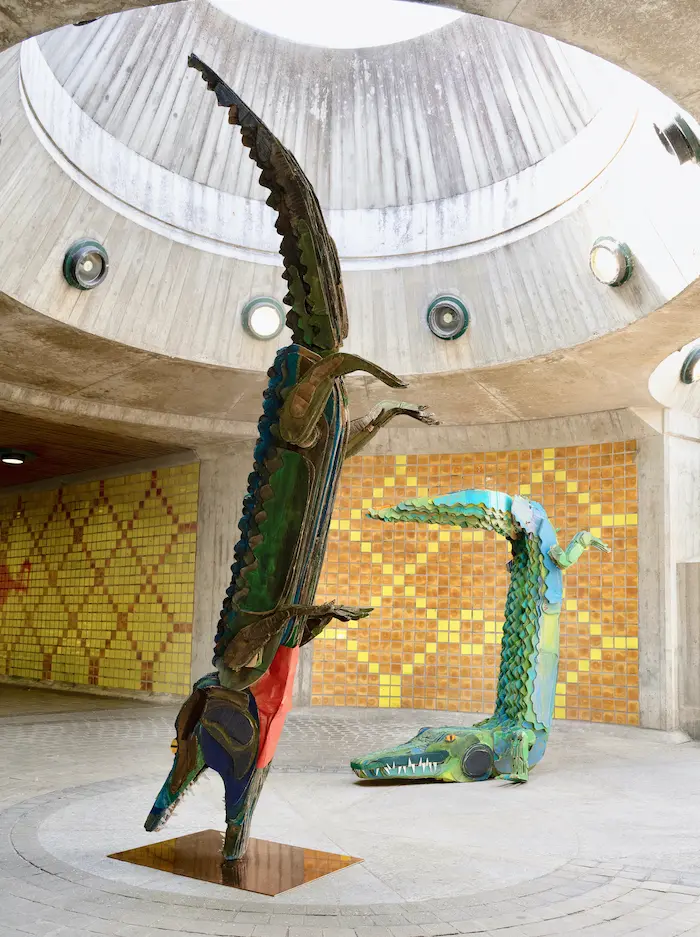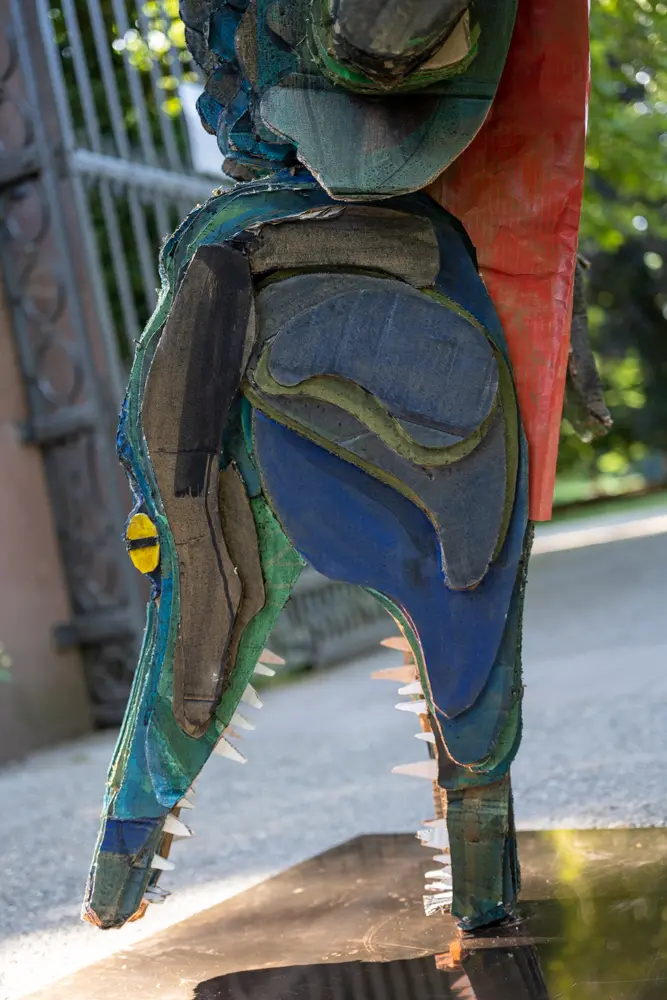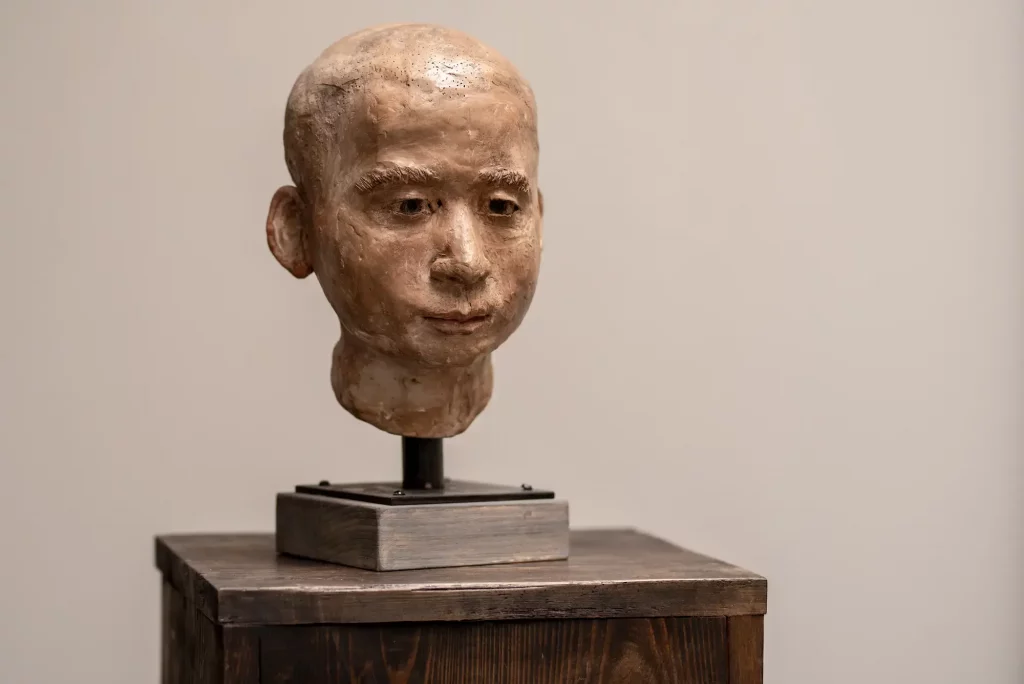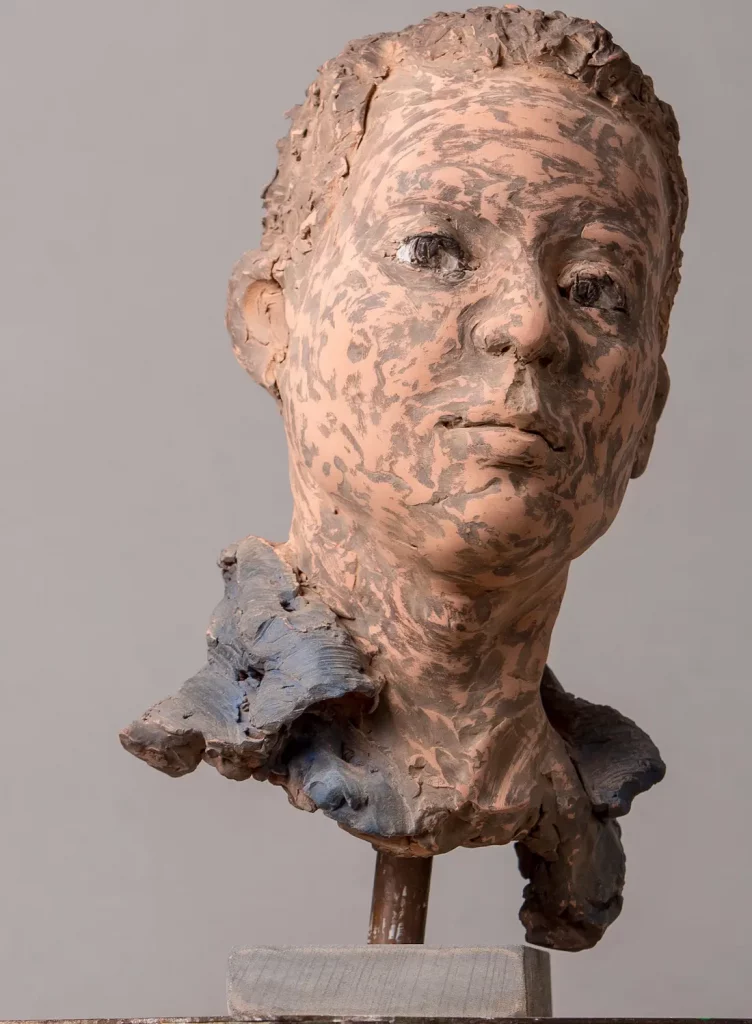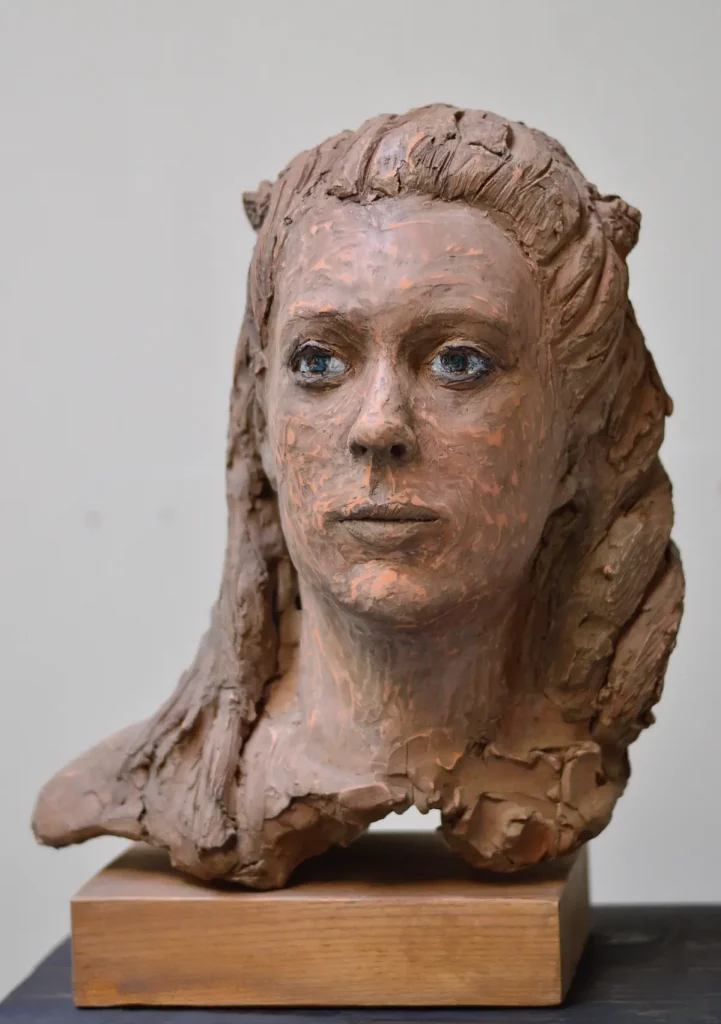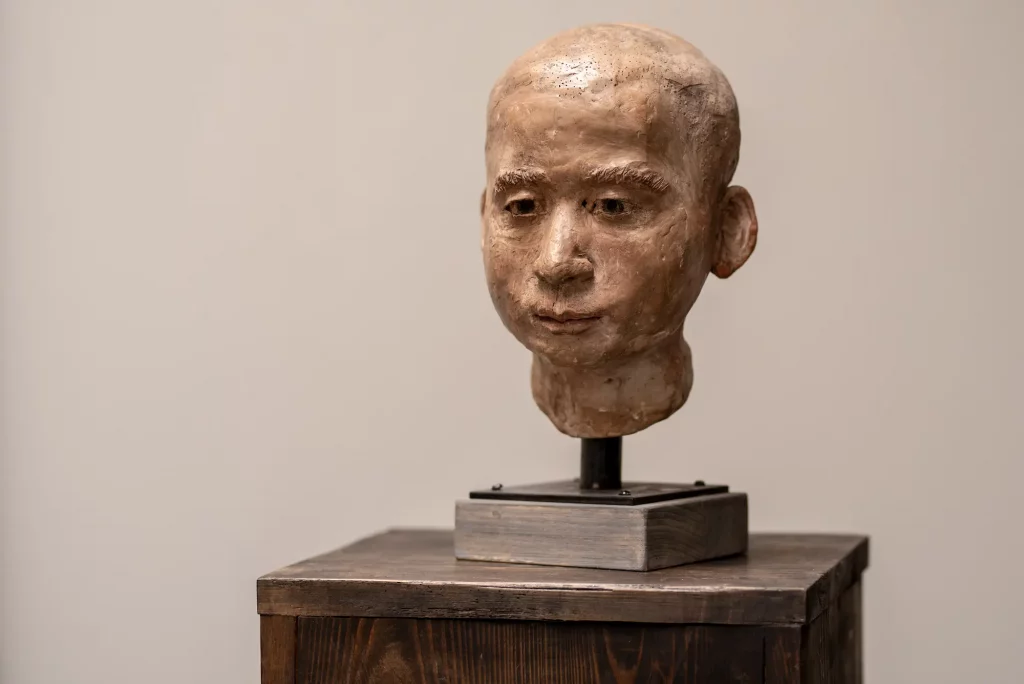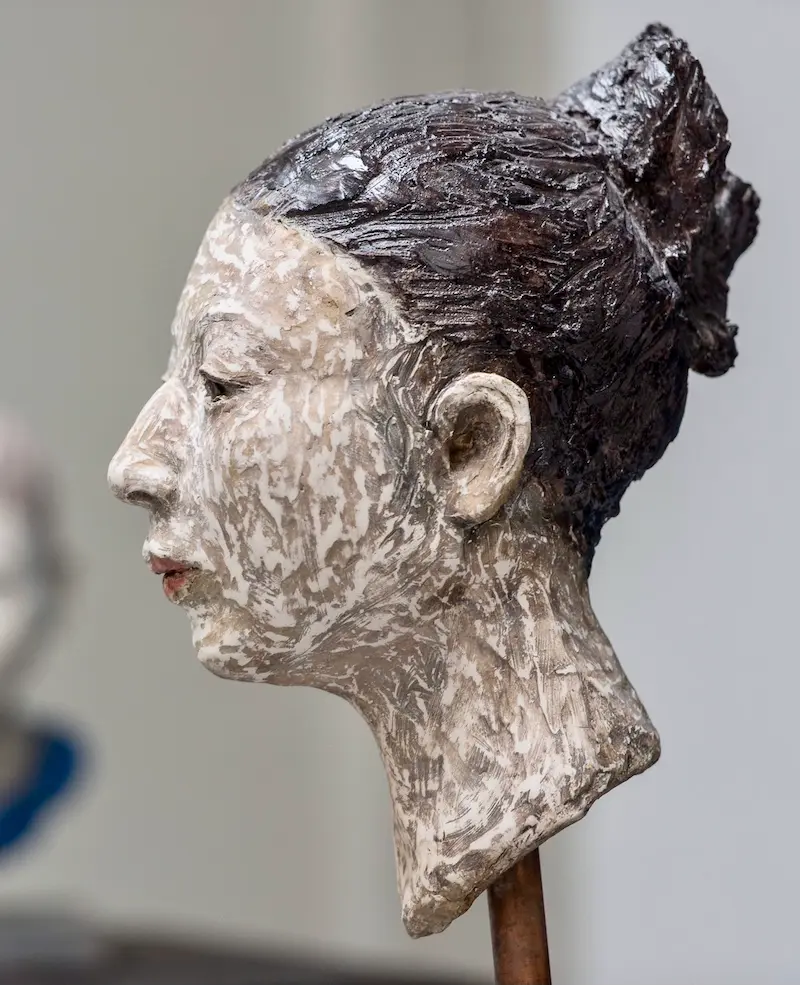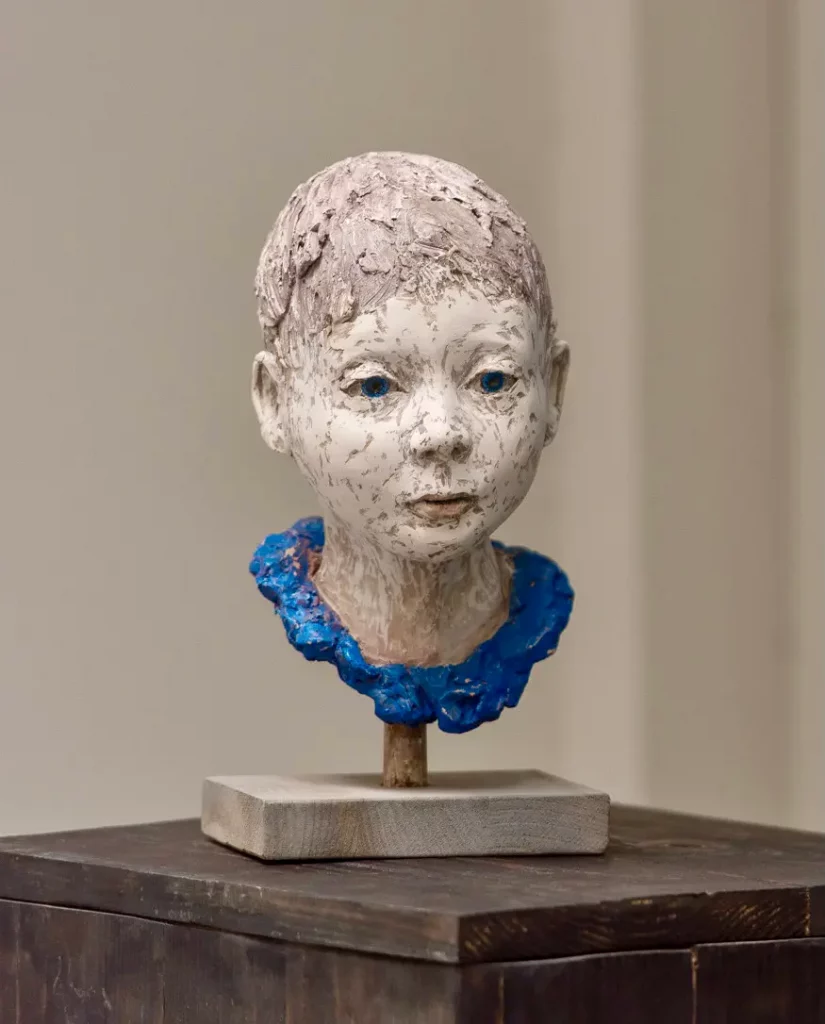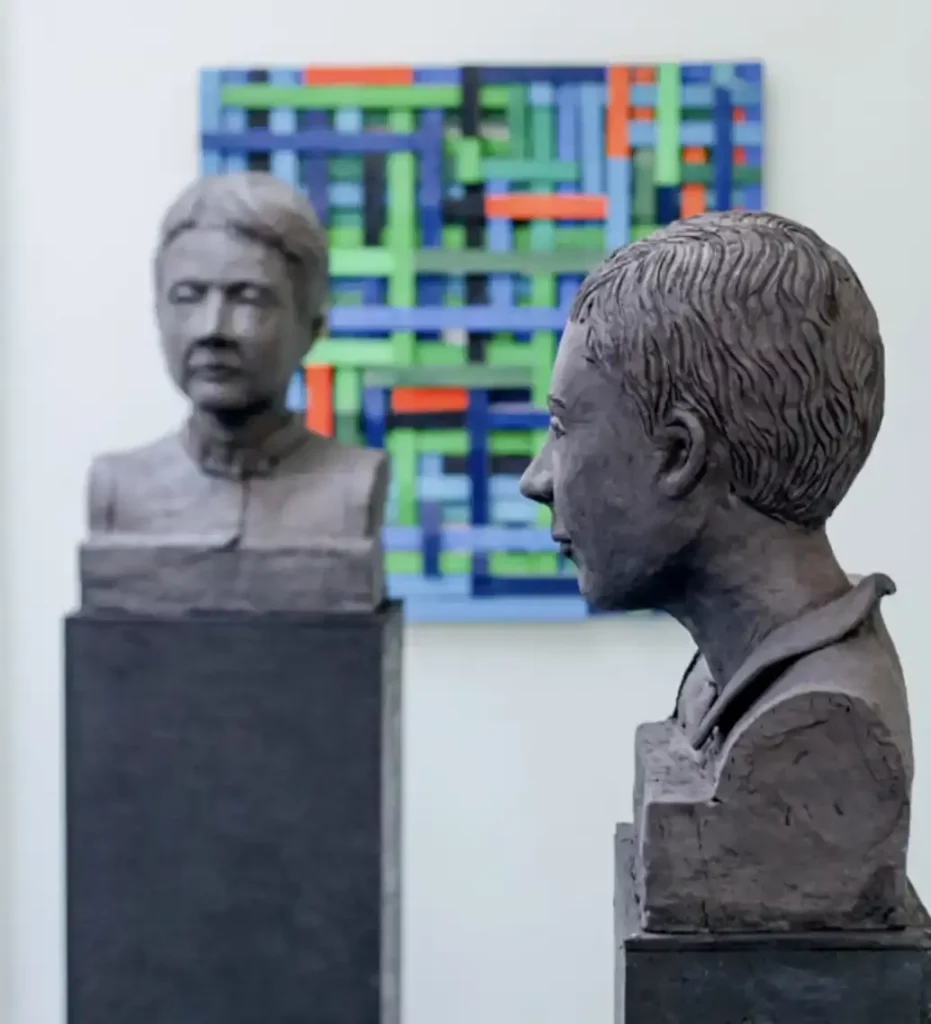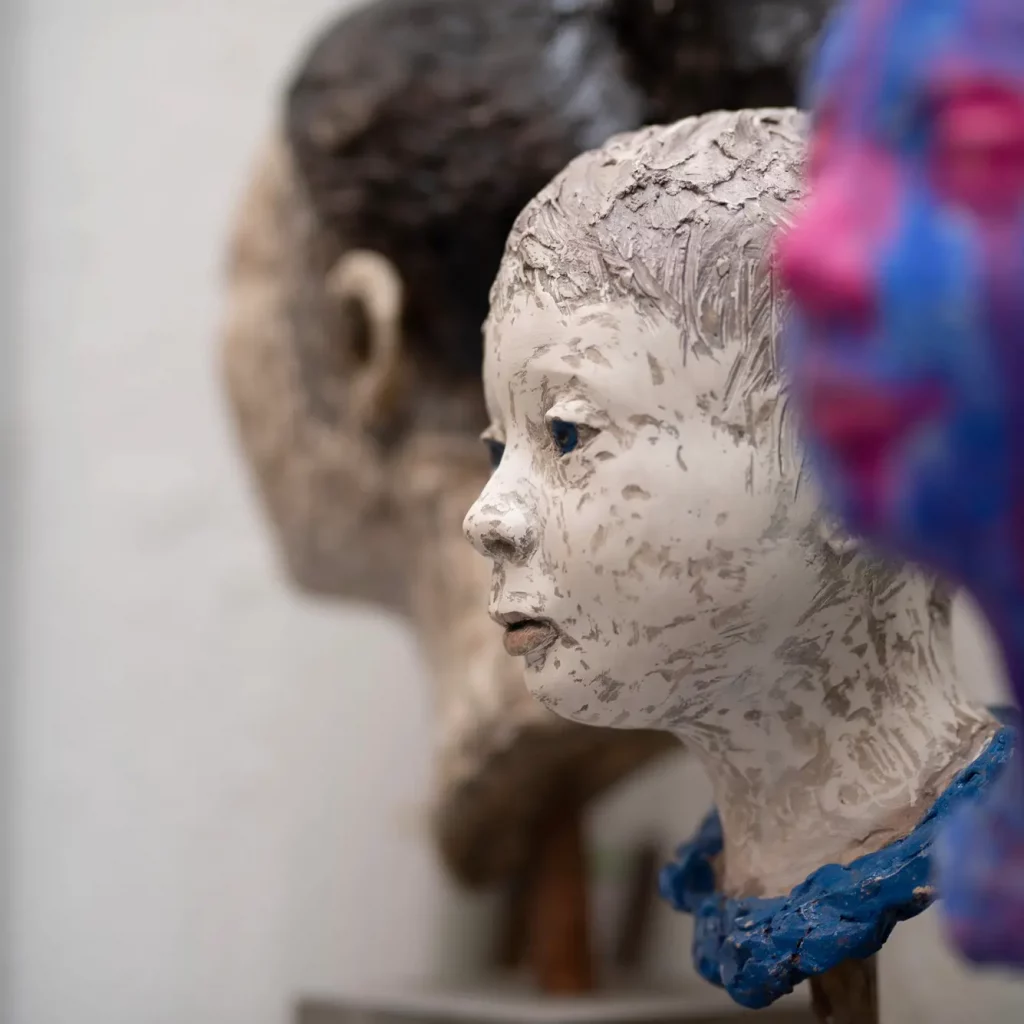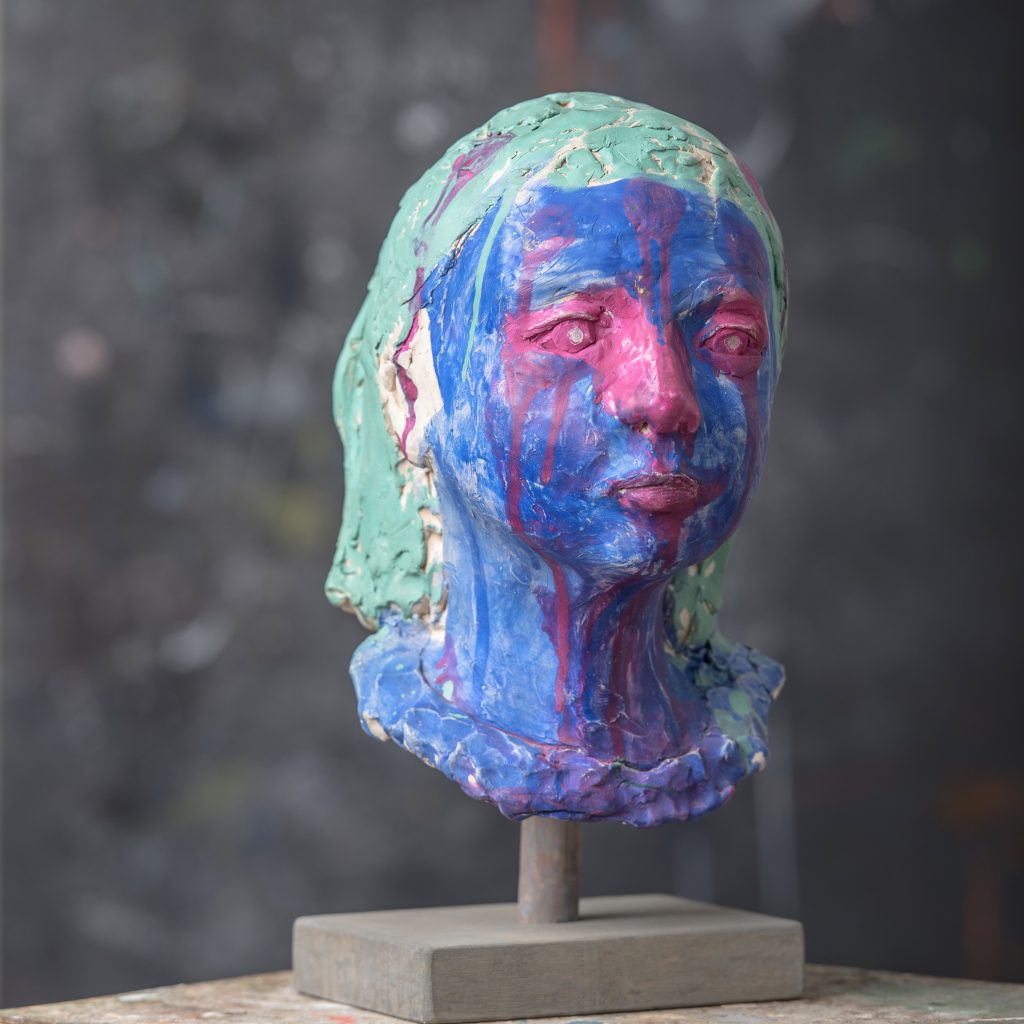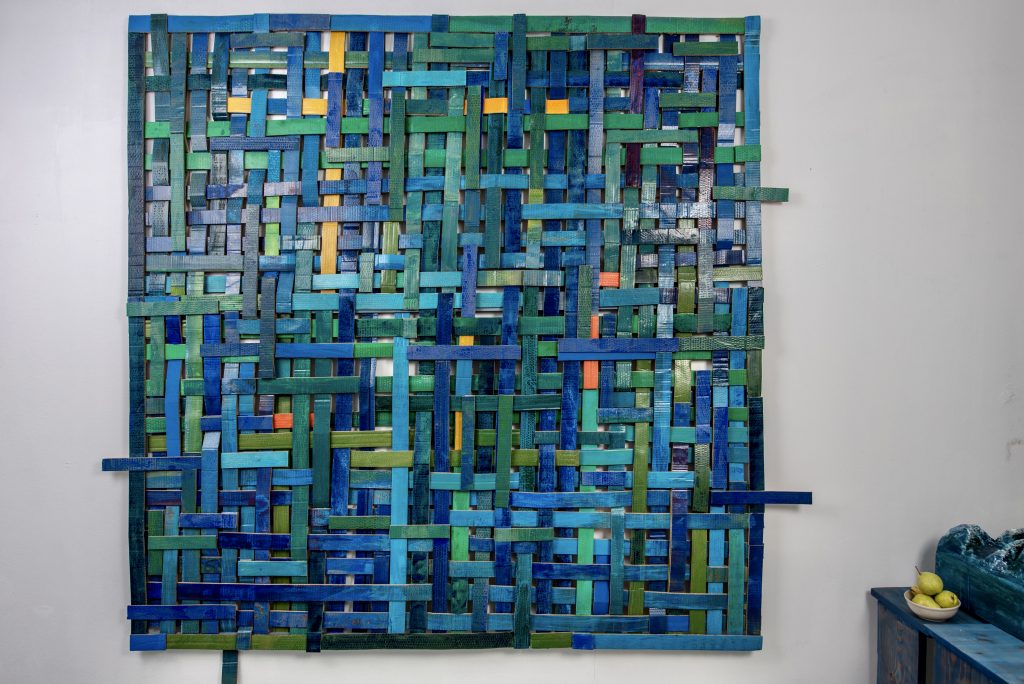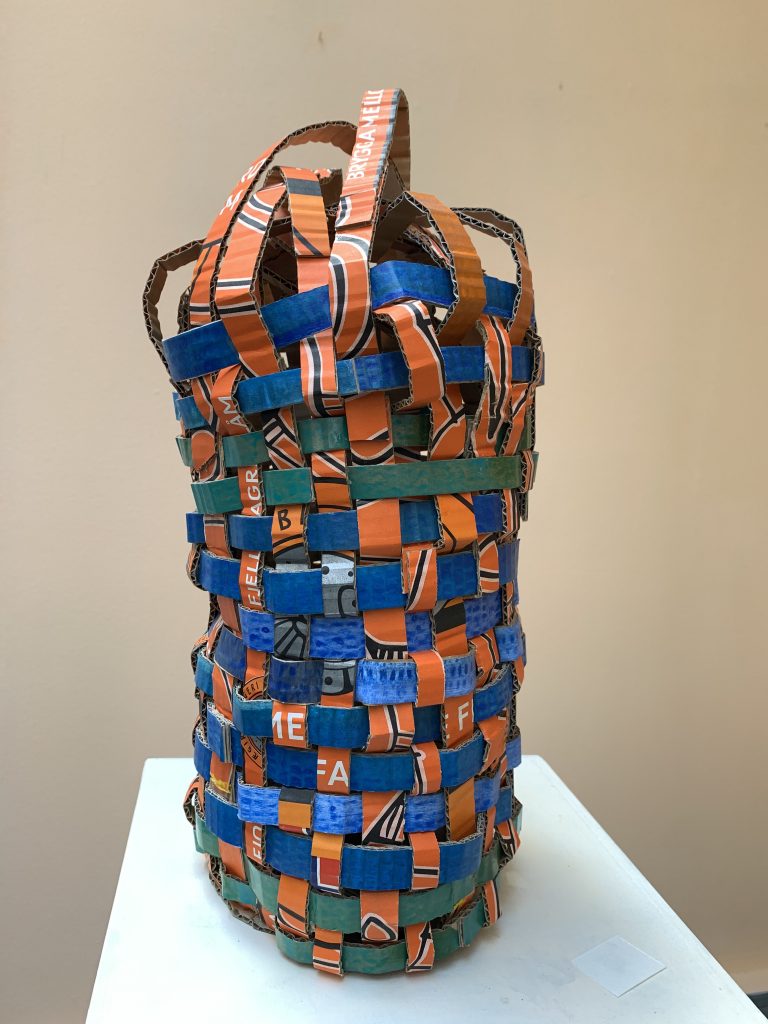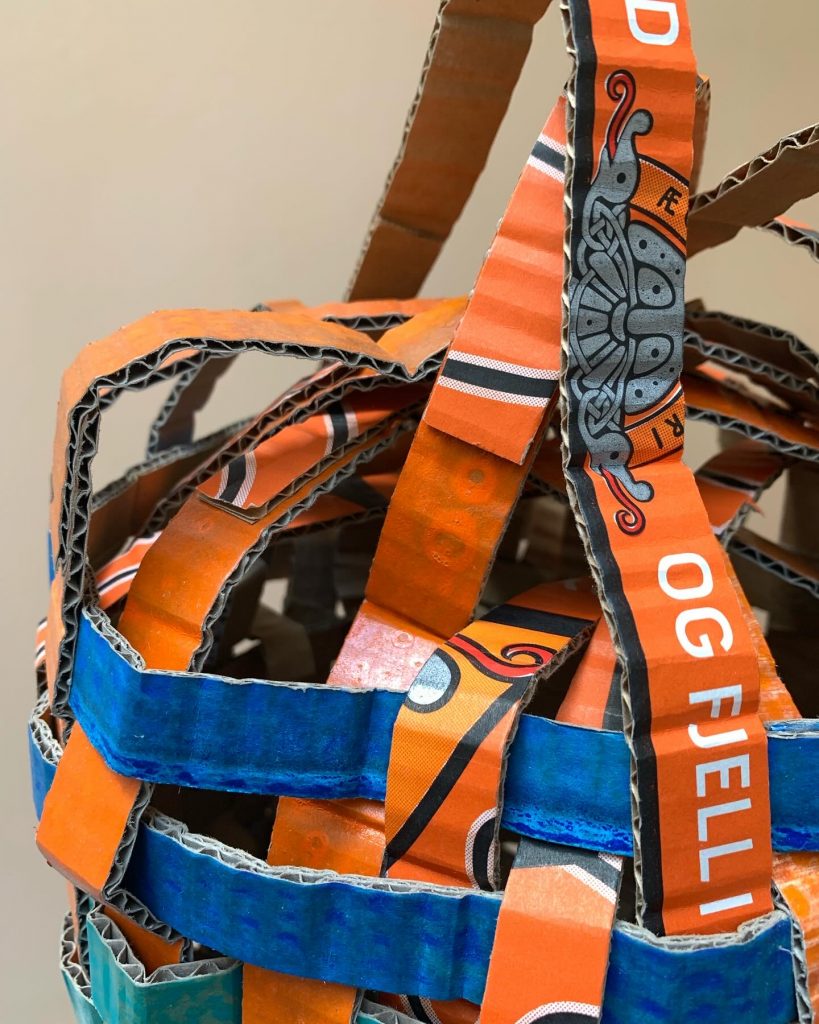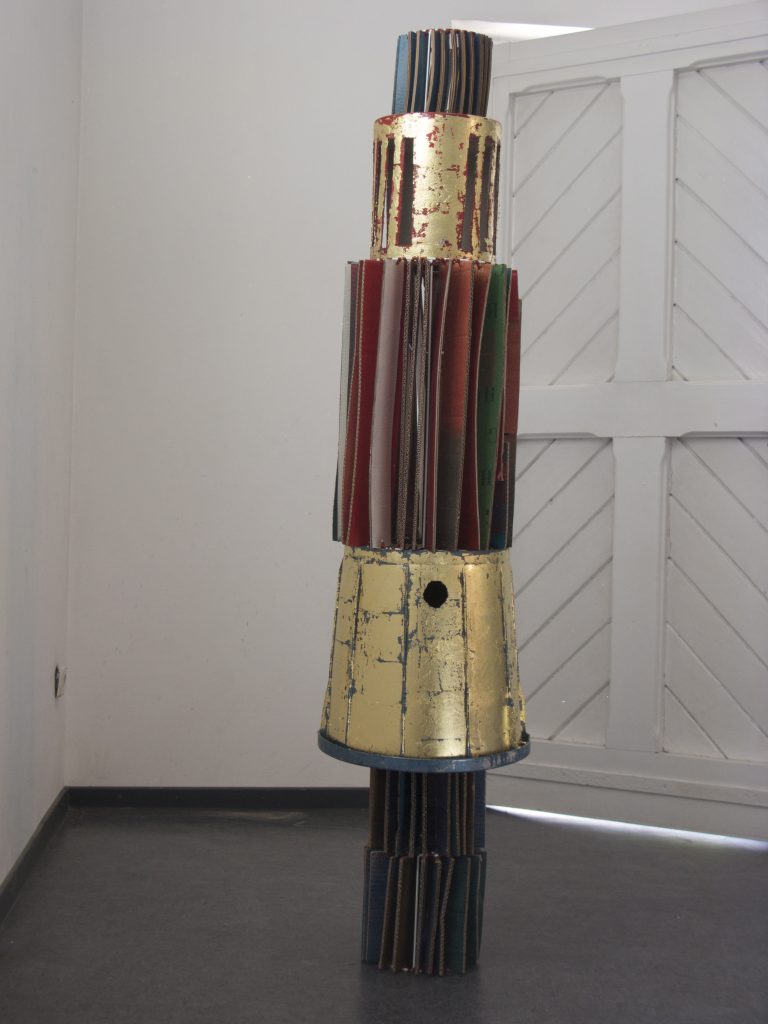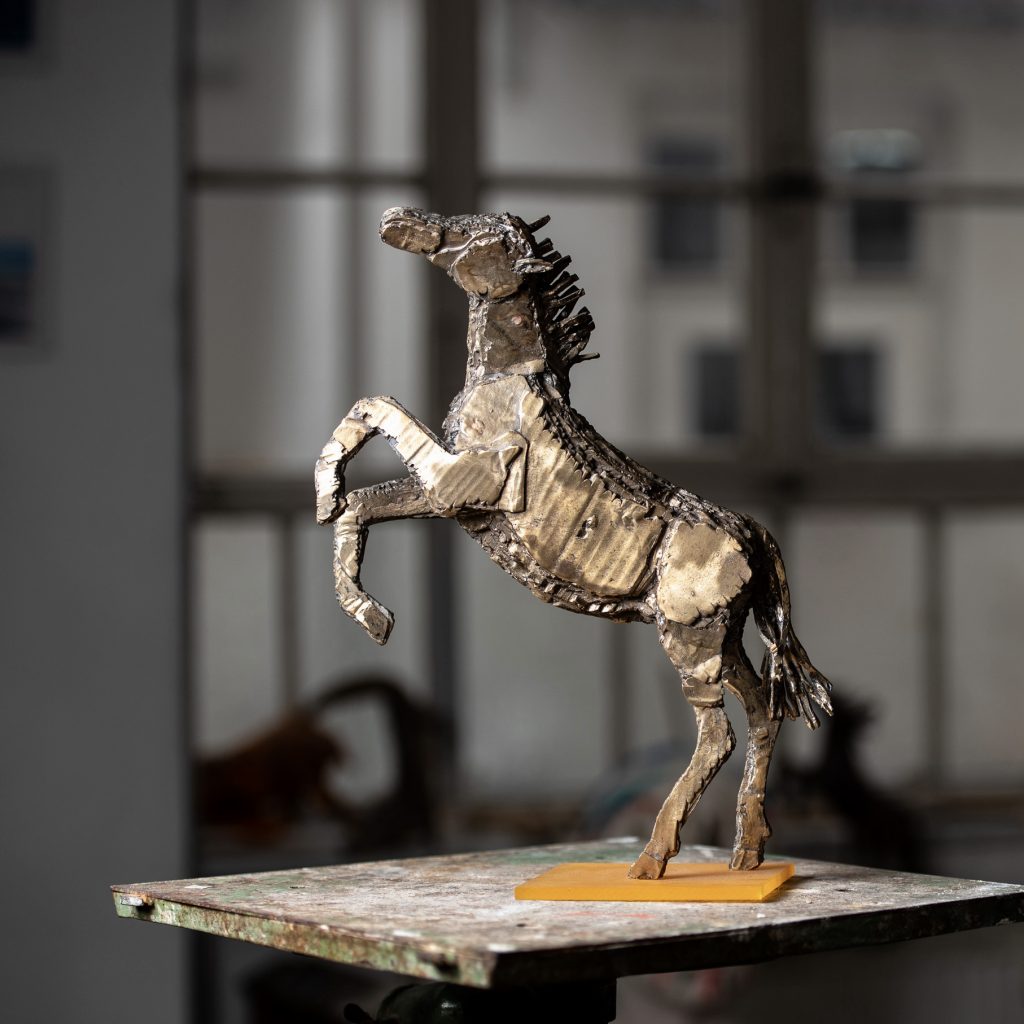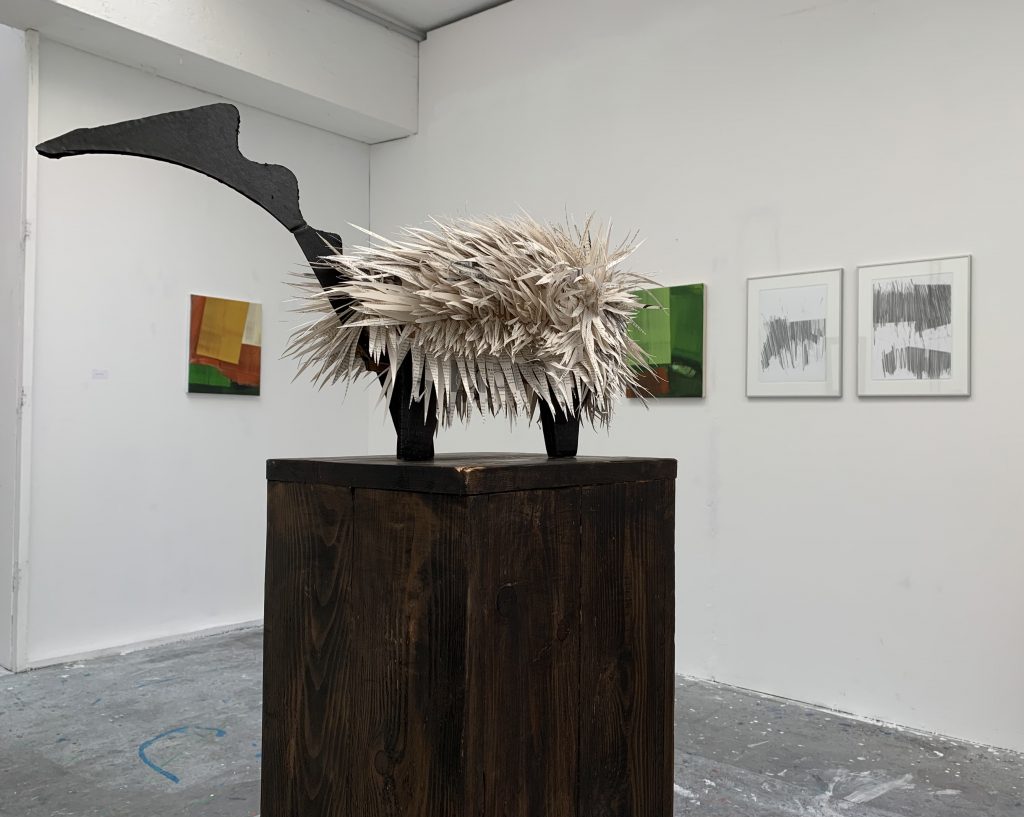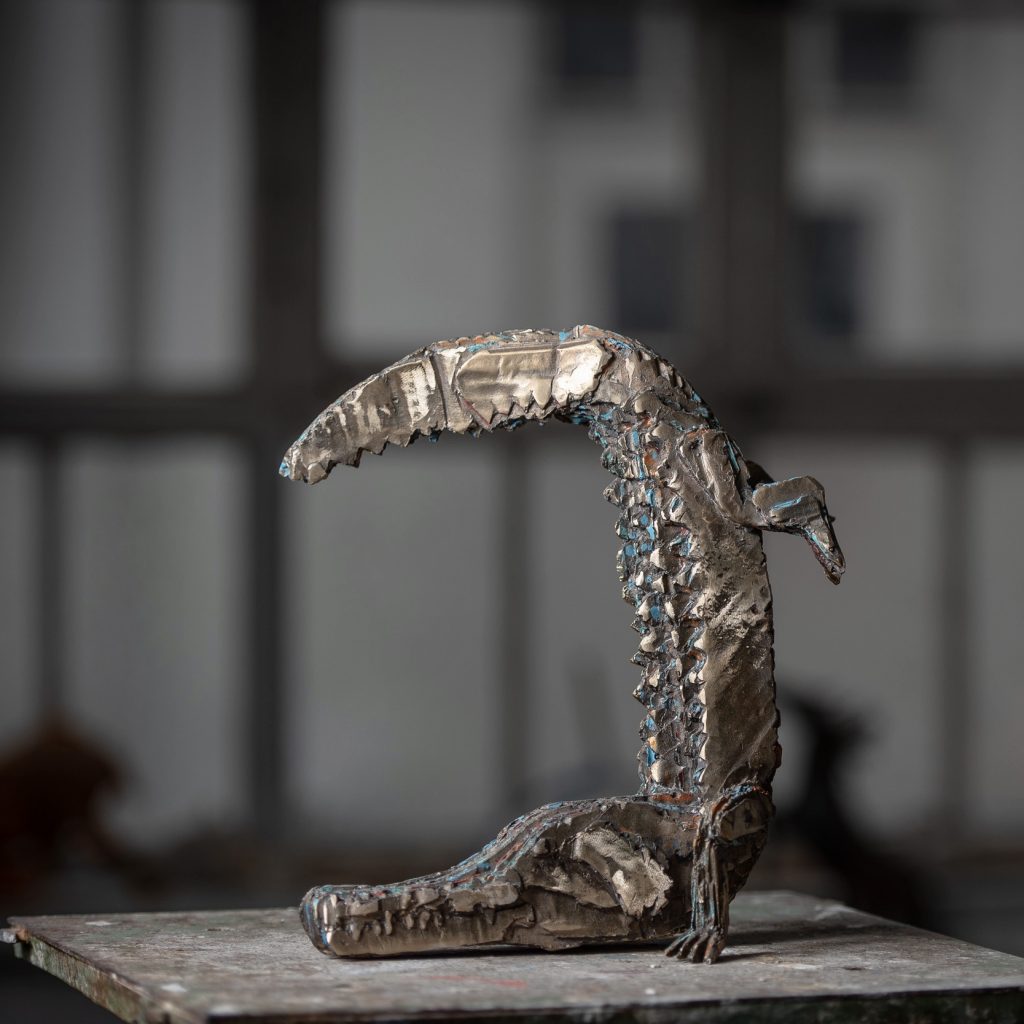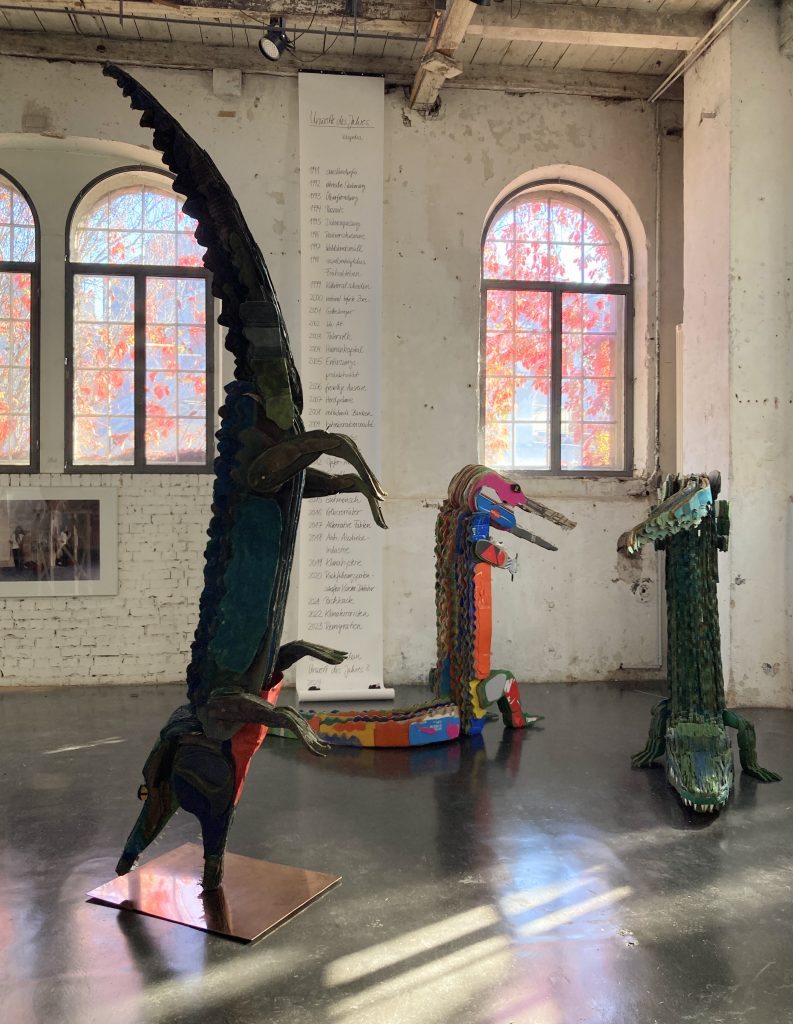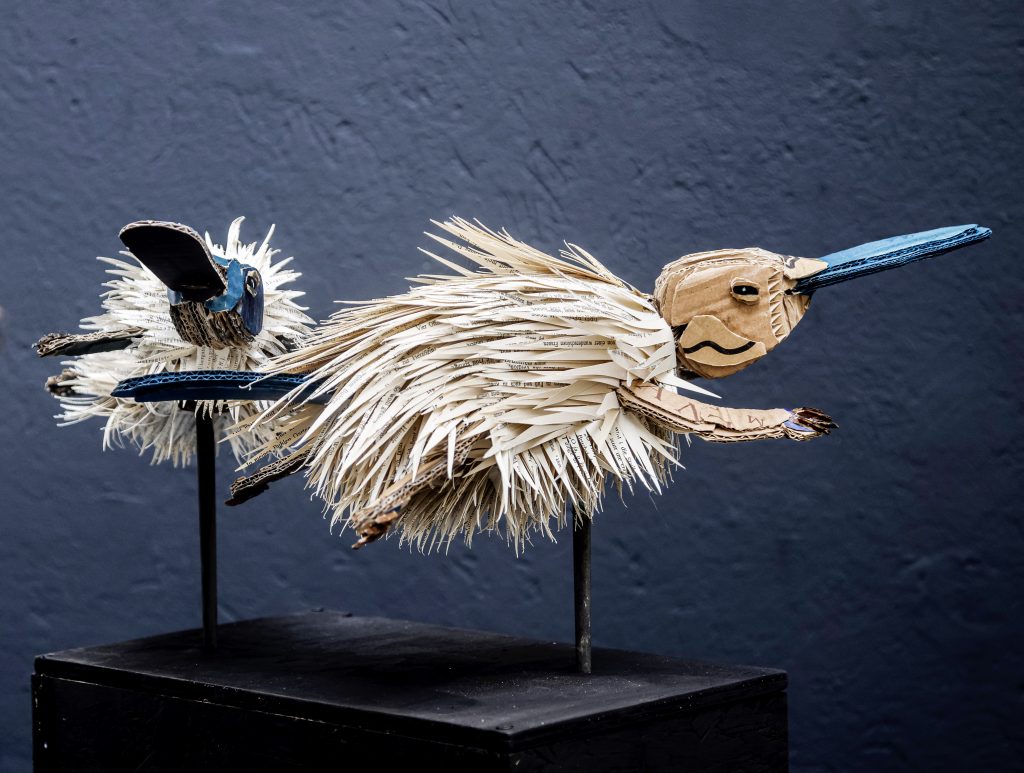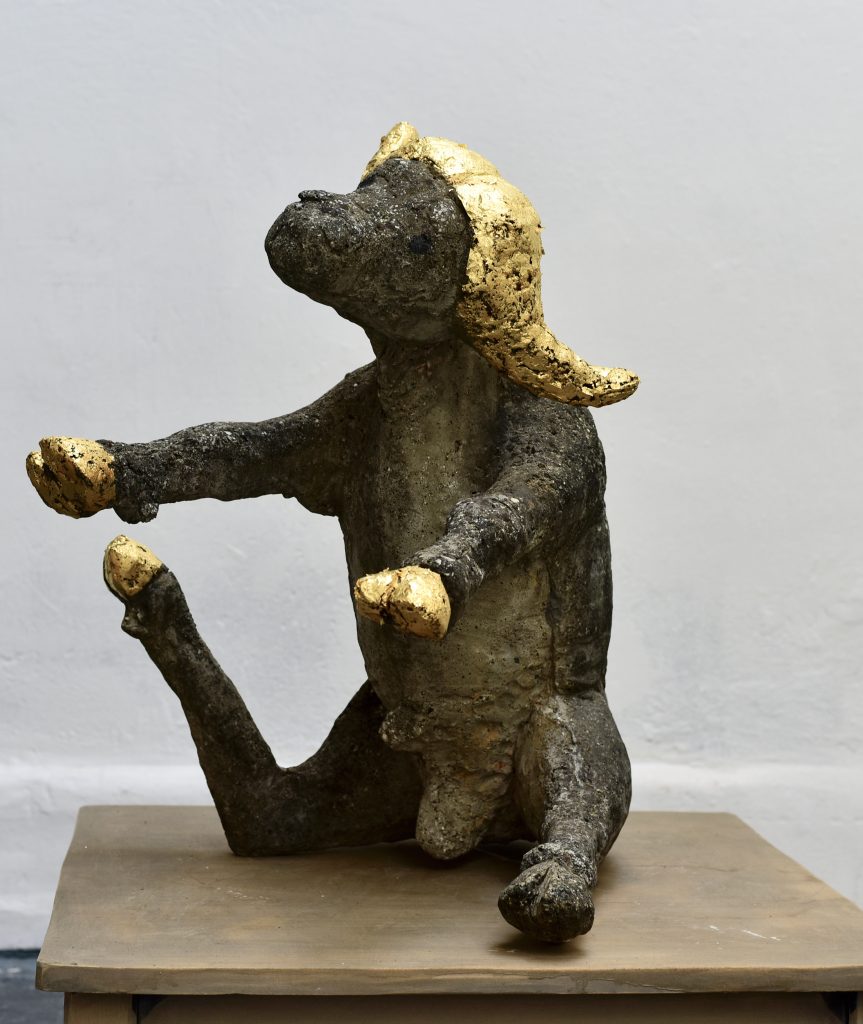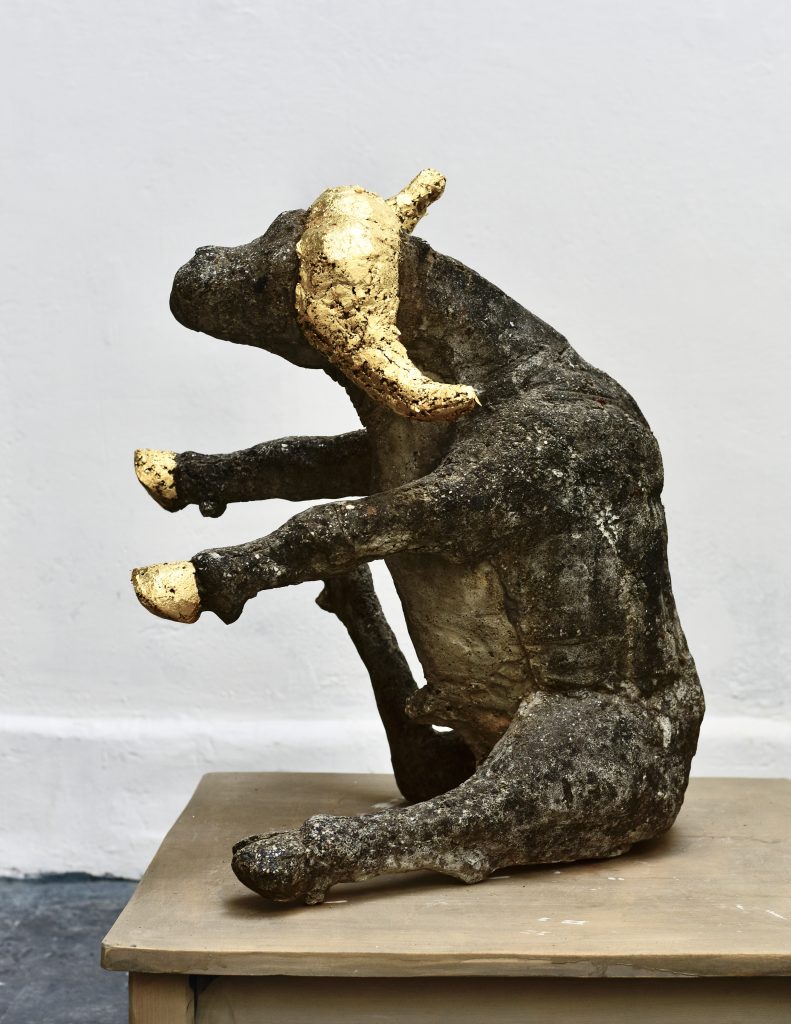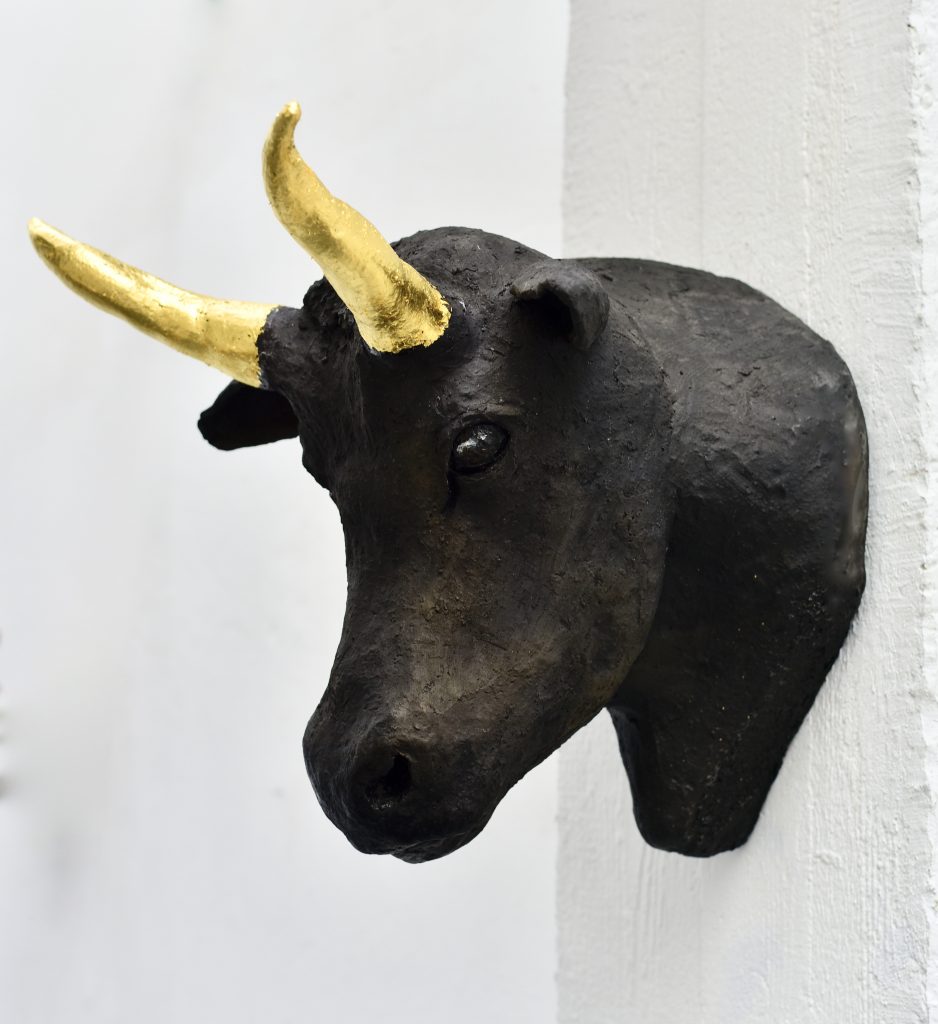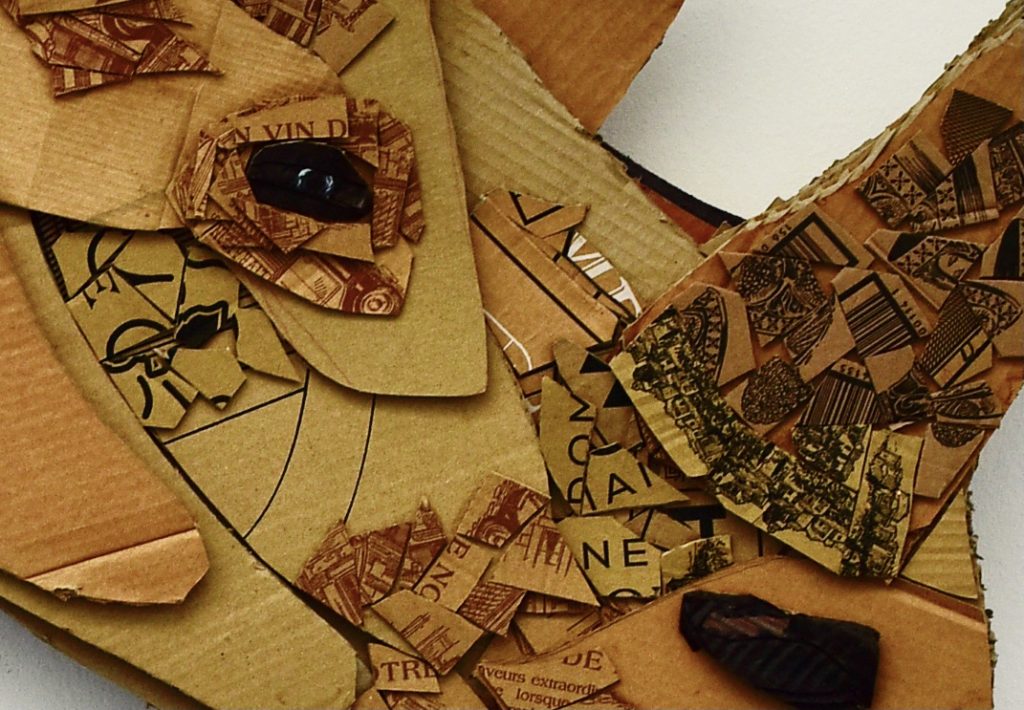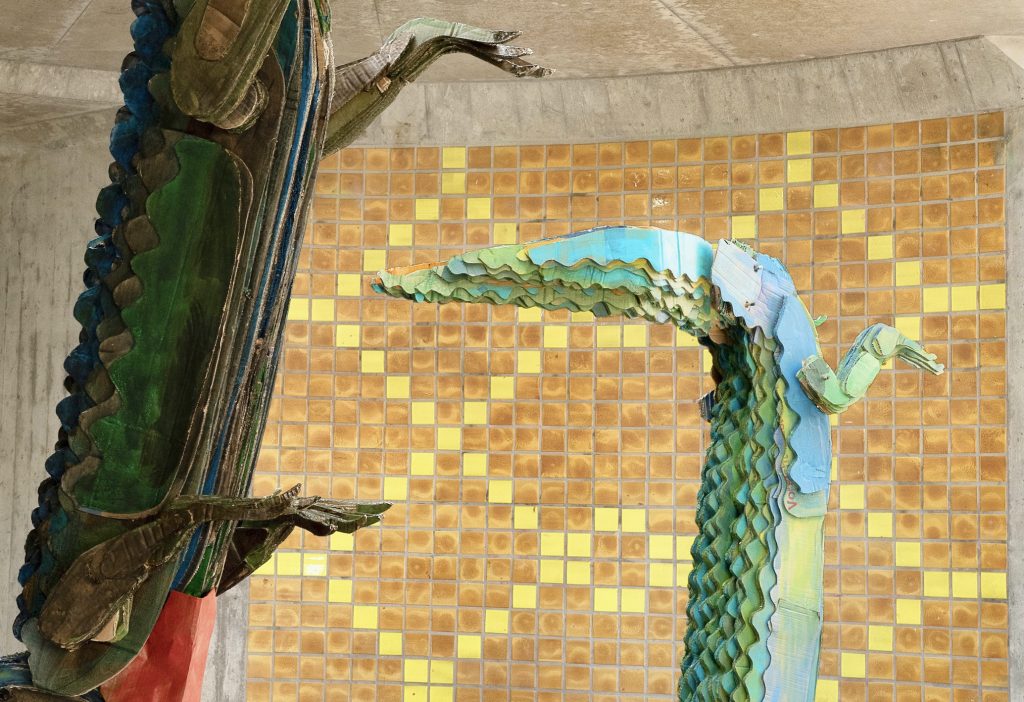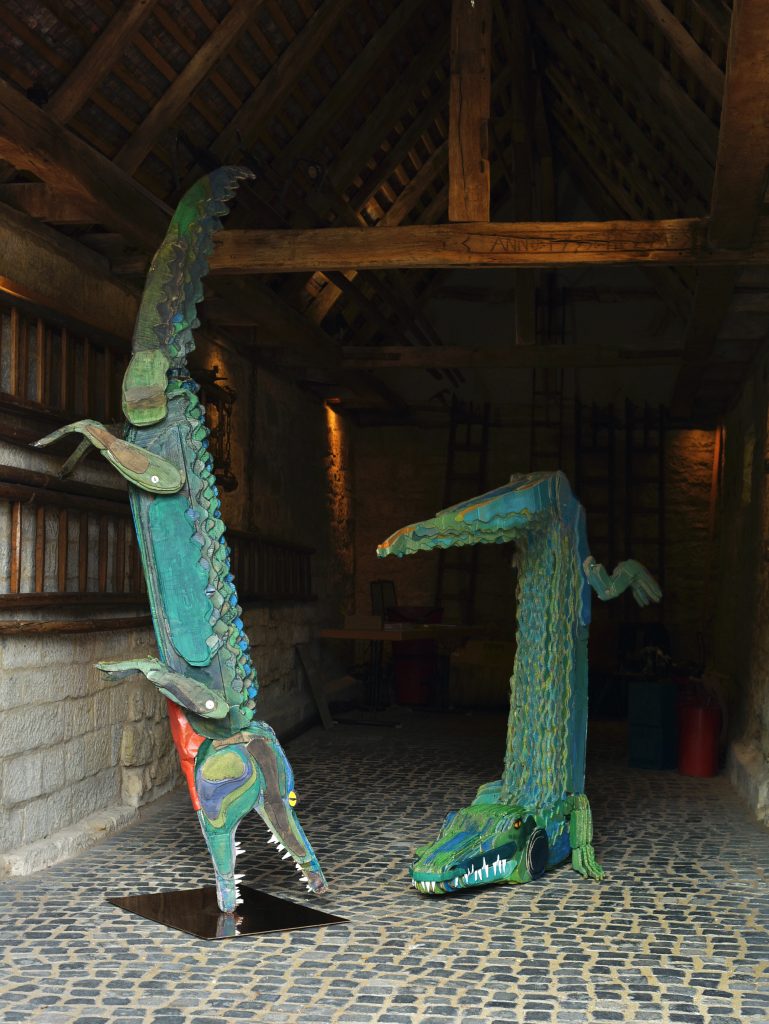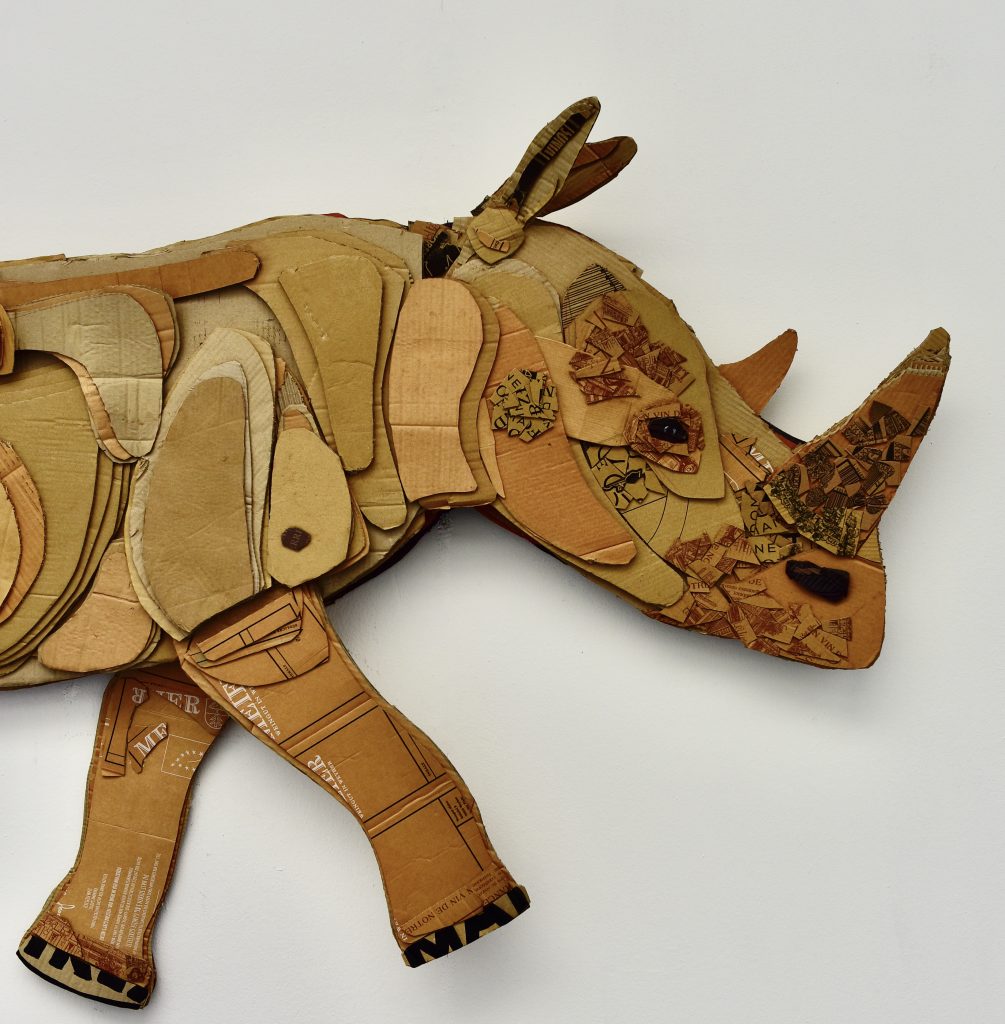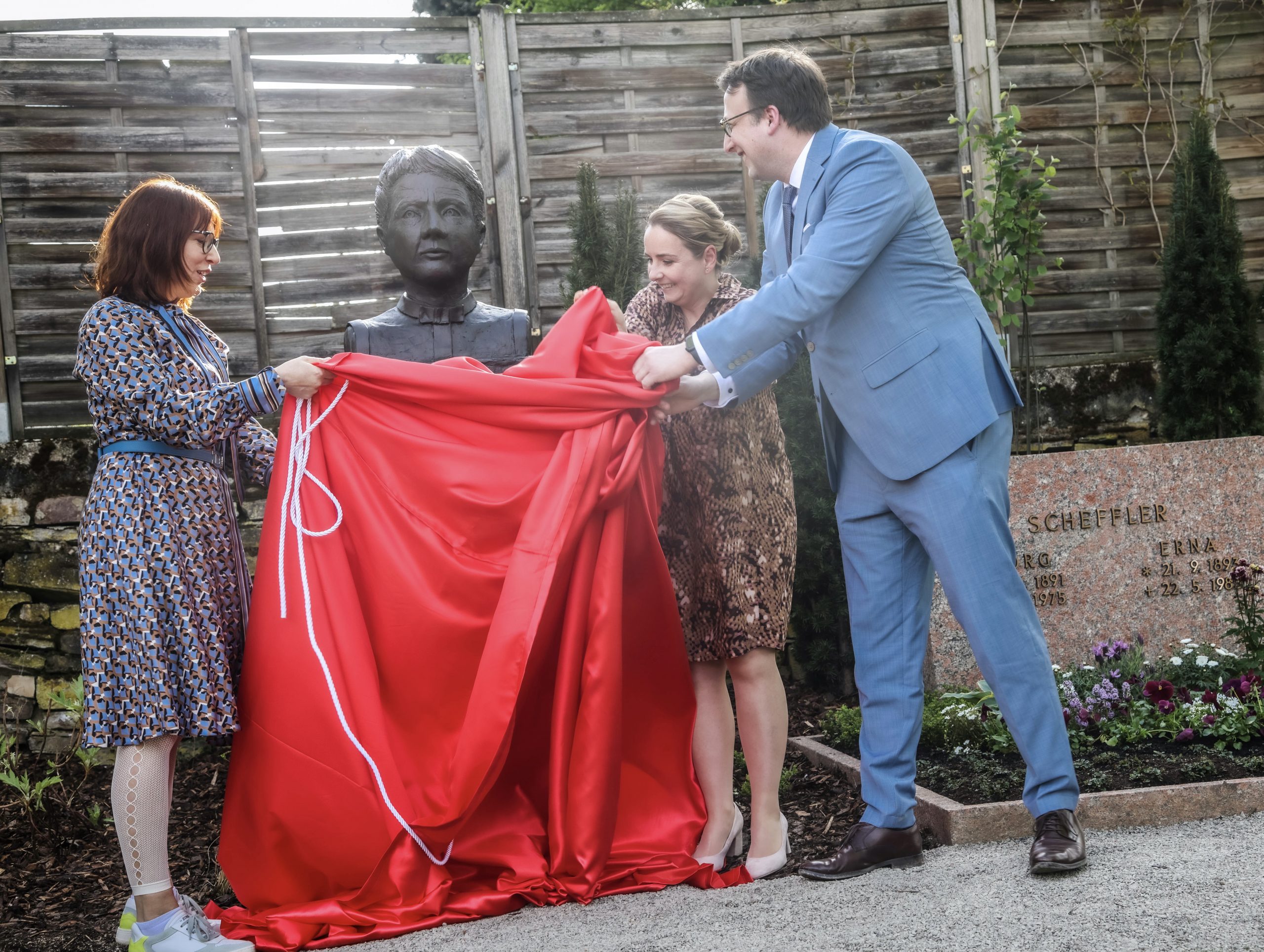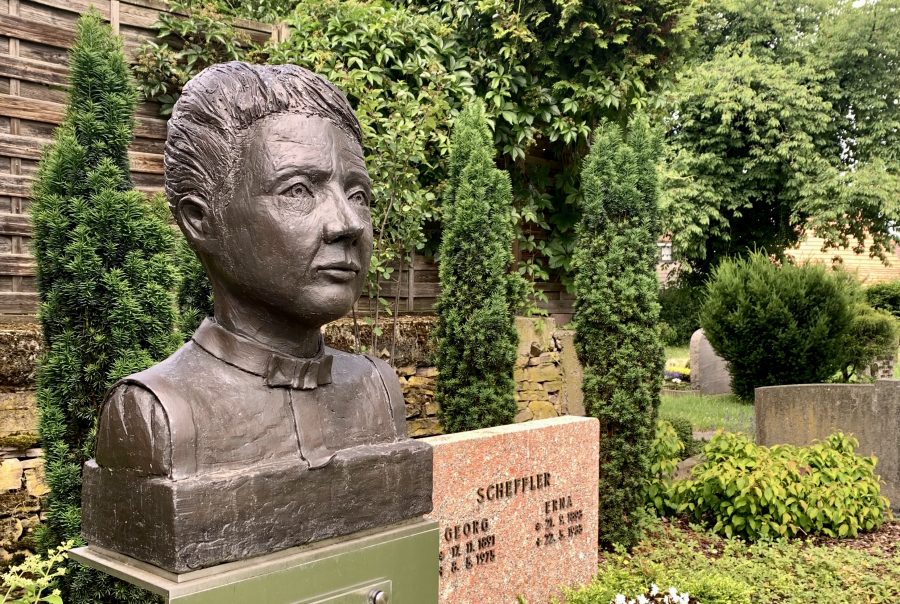The being is one focus of the work of the sculptor Bronislava von Podewils.
It is about closeness in observation and freedom in execution. She depicts animals in all the media she chooses and materials she works in, such as cardboard, bronze and graphics. Yet von Podewils' motivation is different from pure representation or idealization. She is not interested in the lifelike representation of animals; despite that the animals always remain clearly recognizable and have been excellently observed by her before, she deviates from the purely realistic depiction in her shapes and forms.
The spontaneous and impulsive way of working, I develop an expressive, plastic language that gives their works great vitality and lightness. With her very own virtuoso creative ability, the animal is aesthetically interpreted.
Freed from the fetters of art history, von Podewils’ beings interact with the viewer on an individual level, owing to a sense of familiarity as if one seems to know them as neighbors. It is this free, unreal, and sometimes surreal level that invites the viewer to form his or her own interpretations and associations.
The layering provides the sculptures with durability, which in turn highlights the transience of the material. Corrugated cardboard, considered a disposable everyday item, was incorporated into the visual arts by Robert Rauschenberg in the 1960s as part of Pop Art. At that time, it was anchored in the context of the aesthetics of the commodity world, while in Bronislava von Podewils' work, only the fragmentary imprints that are found refer to its original use as packaging material.
It is precisely these fragments that underscore the transience, not only of the material itself but also of the overarching meaning, thus leading to an existentialist questioning of the works.
At the same time, the corresponding poses of the animals exhibit a lively diversity and the clear aim of her works is a symphony for life, celebrating vitality even in very difficult times in order to draw strength from it.
We tend to imbue human qualities into beings, and it is precisely this aspect that the artist plays with. A symbol or anthropomorphism for the relationship between humans and nature, and the relationship between humans and animals, is reflected in the titles of the works or exhibitions, providing pointers for possible thought experiments, humorously considered.
Exhibition titles like 'Clearly What Zebra Toothpaste Tastes Like' (2017), bronze sculpture 'Dancer' (2018) , or exhibition title 'Rabbit in Wedding Dress' (2021) illustrate this approach.
Marc Haselbach, fellow sculptor from Berlin, translation: Rebecca Rubel
